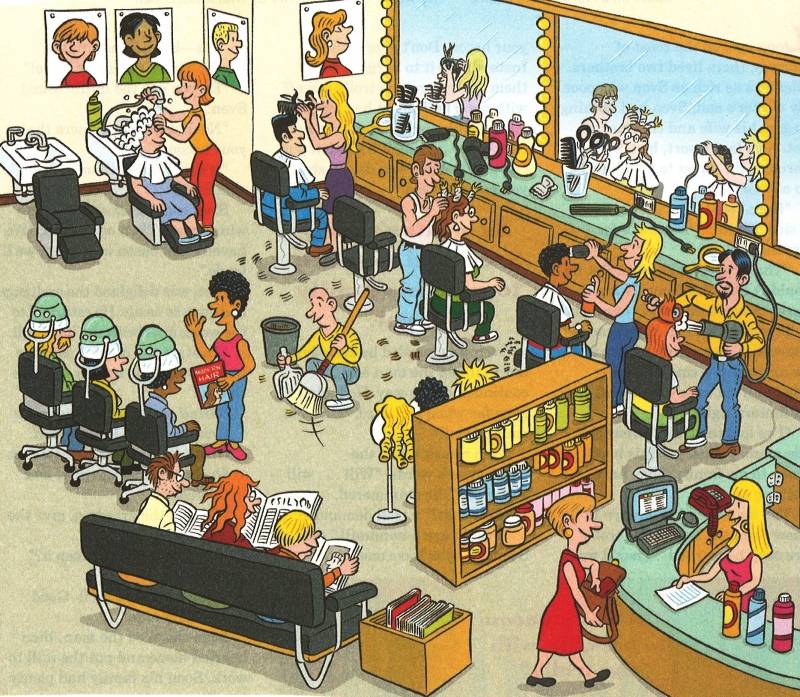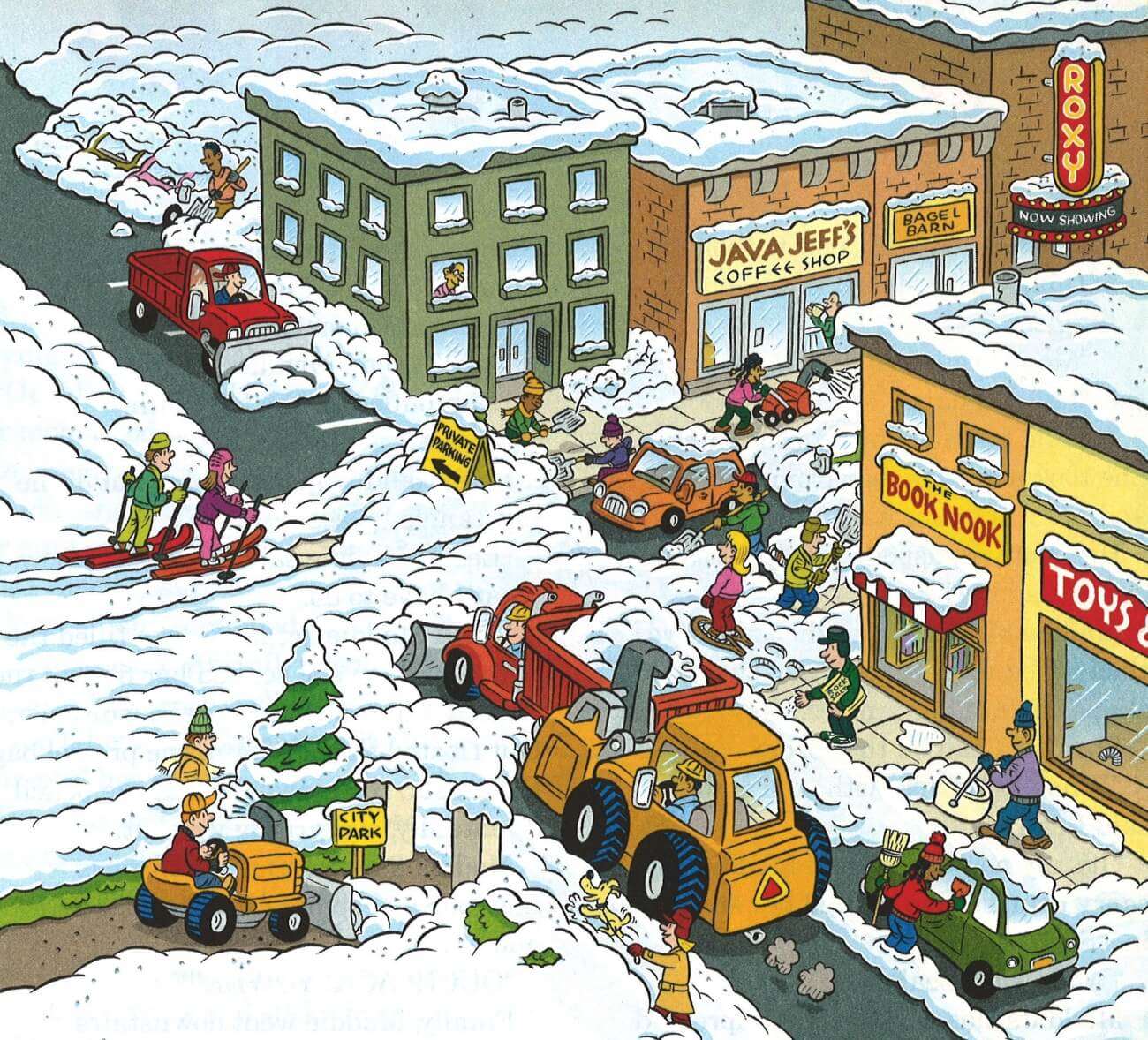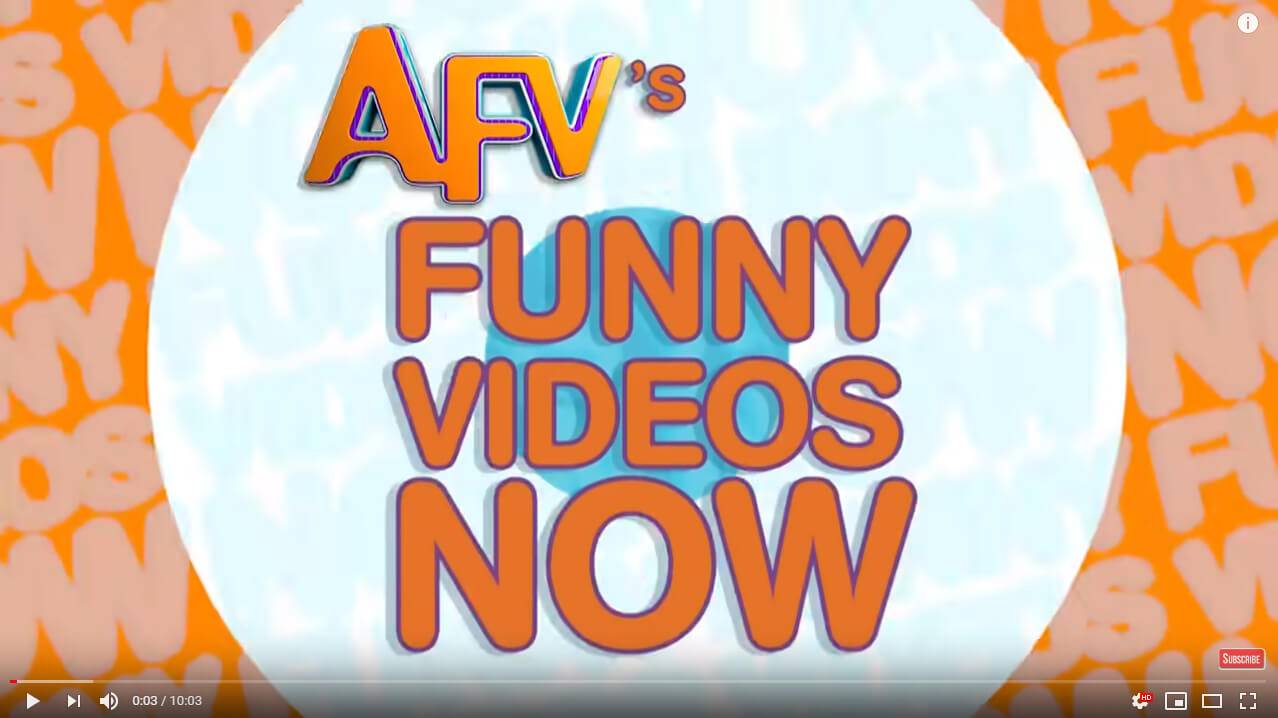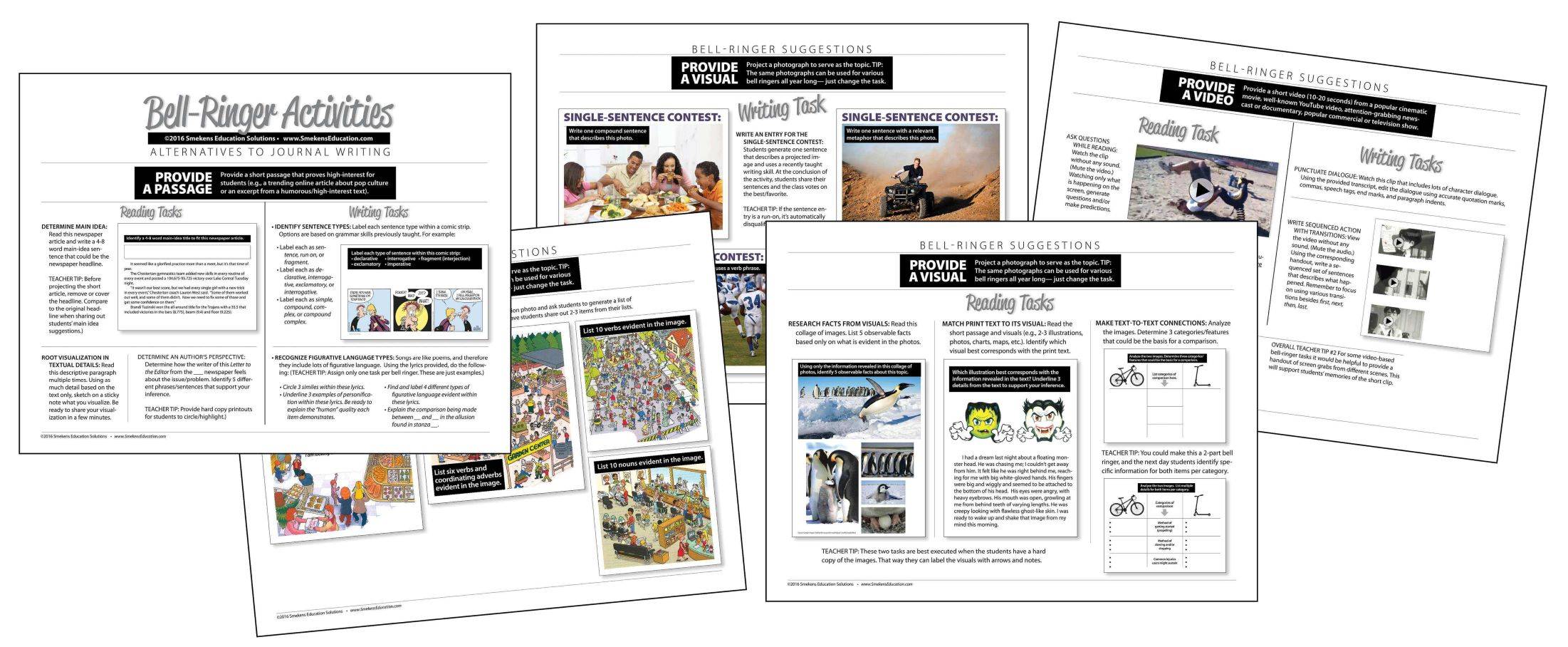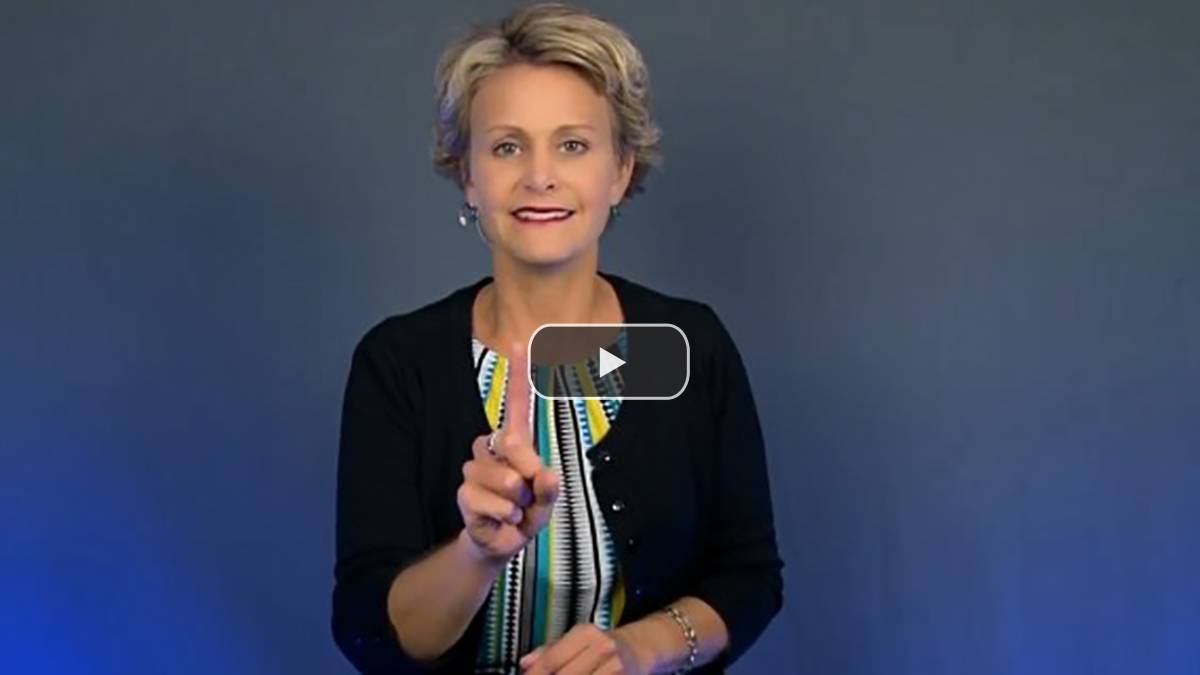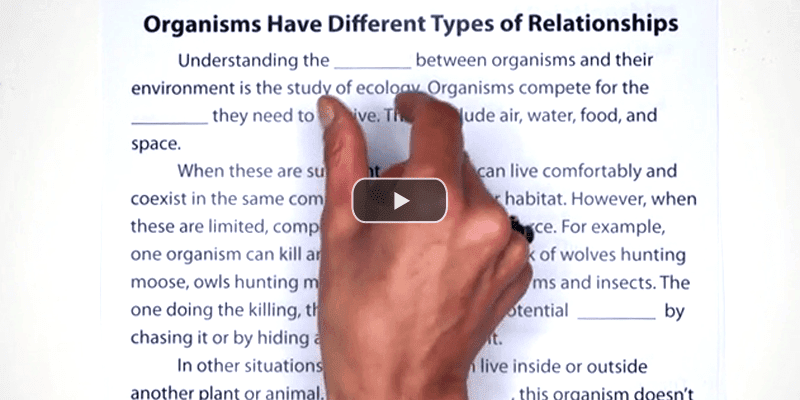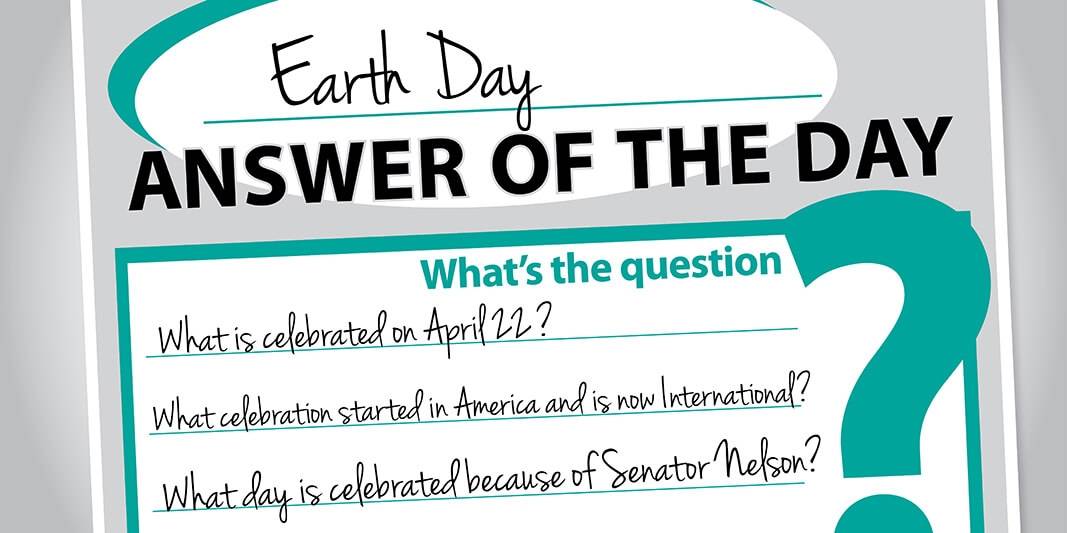Learning Center
Reading
Explore bell-ringer options
Many ELA classes begin with bell work—a short exercise students complete that provides valuable practice of previously-taught skills. During the first 3-5 minutes of class, students work independently on the task while the teacher attends to other classroom management needs.
While journaling might seem like a good option, it requires the teacher to spend hours reading and commenting on student entries every week—something that can quickly become overwhelming. As an alternative, consider bell-work ideas that are quicker to assess and provide a more engaging experience for students.
Bell work based on a passage
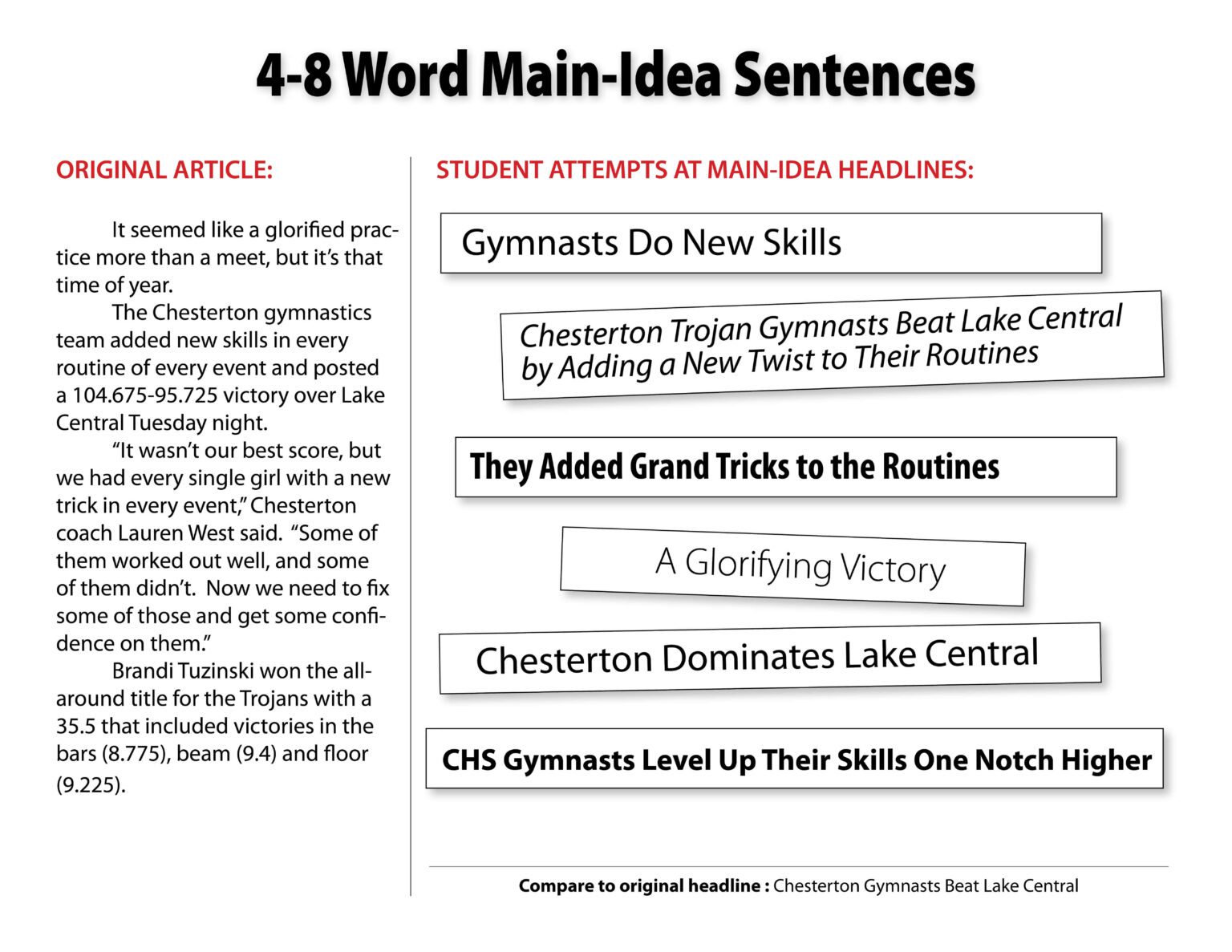 PRACTICE VISUALIZATION: Generate a short descriptive paragraph using an AI tool. Require students to read the paragraph and sketch out what they visualize based on the text. At the conclusion of the bell ringer task, students share their sticky-note sketches.
PRACTICE VISUALIZATION: Generate a short descriptive paragraph using an AI tool. Require students to read the paragraph and sketch out what they visualize based on the text. At the conclusion of the bell ringer task, students share their sticky-note sketches.
PRACTICE MAIN IDEA: Find a high-interest or trending online article that is 1-2 paragraphs long. Before projecting the article, remove or cover the headline. When students first enter the class, they are to read the short passage and identify a 4-8 word sentence that captures the article’s main idea. At the conclusion of the exercise, students share out their single-sentence suggestions and compare them to the original.
Bell work based on a visual
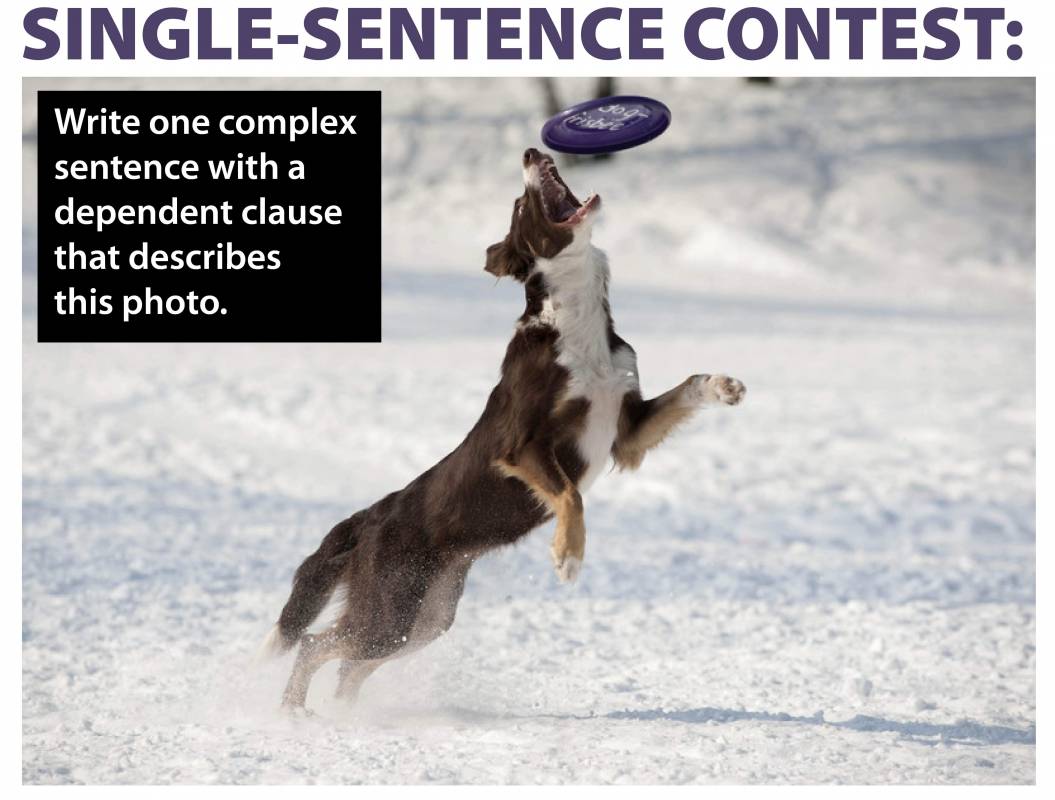 PRACTICE SENTENCE-WRITING SKILLS: Project a photograph that will serve as the topic. The task is for each student to generate one sentence that describes the image applying a recently learned skill. Depending on the grade level, the bell work might be:
PRACTICE SENTENCE-WRITING SKILLS: Project a photograph that will serve as the topic. The task is for each student to generate one sentence that describes the image applying a recently learned skill. Depending on the grade level, the bell work might be:
- Write one compound sentence that describes this photo.
- OR, Write one complex sentence with a dependent clause that describes this photo.
- OR, Write one sentence including a simile that describes this photo.
At the conclusion of the bell work activity, students each share their single sentence and the class votes on the best/favorite one. TIP: Emphasize correct grammar. If the sentence entry is a run-on, it’s automatically disqualified from the contest.
PRACTICE PARTS OF SPEECH: Even simpler than a single sentence, students could generate lists as a bell-ringer activity. Project a busy or high-action photo. (The following are examples from Highlights magazine.
The bell-ringer directions might be one of the following:
- List 10 nouns evident in the image.
- List 10 verbs evident in the image.
- List six verbs and coordinating adverbs evident in the image.
- Secretly select one item within the image. Write 10 prepositional phrases so everyone can guess which object you chose. I am behind the ___. I am next to the ___. I am looking toward the ___.
At the conclusion of any of these exercises, have students share out a couple of their listed examples.
TIP: The same photographs can be used for a variety of purposes. There is no need to find a new one for every task.
Bell work based on a video clip
Beyond still images, consider using video clips–short, 10-20-second clips from movies, popular online videos, commercials, and even clips from America’s Funniest Videos (AFV).
PRACTICE PUNCTUATING DIALOGUE: Select a short excerpt of a movie and type up a transcription of the conversation minus all punctuation, capitalization, and paragraph indents. Wearing ear buds, each student plays the clip on his own device, adding in all the appropriate mechanics (e.g., quotation marks, commas, periods, capitals, etc.).
Explore bell-ringer activities that not only provide practice of recently learned skills, but also jumpstart the class. Create tasks that are fun, exciting, and motivate students to dive in. Photos, videos, and high-interest print text can do just that. They are more likely to prime the pump and prepare students for the rest of the class period.
For a list of all these suggestions and more bell work ideas within a printable document, download the Bell-Work Activities document.

